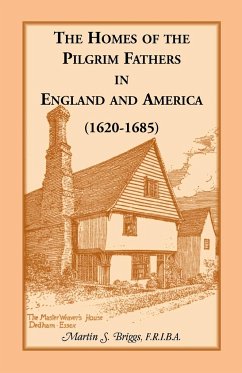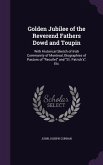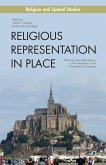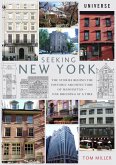This is a wonderful resource that analyzes the history of the Pilgrim settlers through an understanding of the architectural heritage that binds them to England and Holland, where the exiles sought refuge before they came to the New World. By weaving in the architectural history, the author literally shows us how New England was built. Most of us enjoy visiting old houses and historical sites, and it is in this area that the author's knowledge is most valuable. Analyzing gables, windows, roof shapes and so on, the writer connects the owners and the builders to their places of origin, making graphic comparisons between places in both Old and New England. It appears that the southeastern counties of England, and Essex in particular, were the main source not only of early New England architecture, but of the whole religious movement which led to the original Mayflower expedition and to subsequent migration on a larger scale. Names familiar in New England, as the sites of some of the best surviving seventeenth-century houses (such as Dedham, Wethersfield, and Topsfield), have their counterparts in obscure Essex villages. And, all these villages, as well as more familiar names such as Colchester, Chelmsford, Braintree, and Billericay-found in New England as in Old-were "hot beds of Dissent" in the sixteenth and seventeenth centuries. You will enjoy the excellent drawings and very interesting photographs in this book! The names of influential settlers, or those whose homes still stand, can be found in the original full-name and subject index. An extensive bibliography is also included.
Hinweis: Dieser Artikel kann nur an eine deutsche Lieferadresse ausgeliefert werden.
Hinweis: Dieser Artikel kann nur an eine deutsche Lieferadresse ausgeliefert werden.







